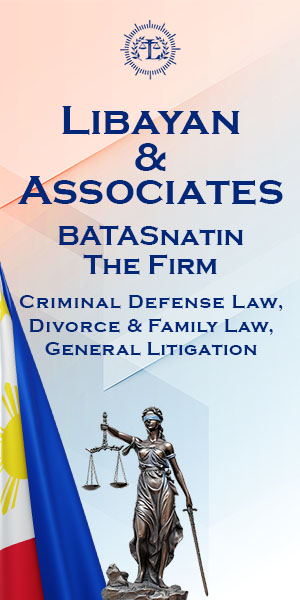What are the remedies available to a financially distressed corporation? Explain.
Under the Rules of Procedure on Corporate Recovery, there are two distinct remedies, namely:
1. Suspension of Payments, under Section 3-1, Rule III;
2. Rehabilitation Proceedings, under Section 4-1, Rule IV.
A debtor or petitioning corporation may have sufficient assets to pay for all its obligations but foresees the impossibility of paying them when they respectively fall due, necessitating a suspension of payments for at least one year.
Despite declaration of solvency, the petitioning corporation may still be found to be subsequently unable to pay its obligations for a period longer than one year and be considered by SEC as technically insolvent.
If during the pendency of the proceedings, the petitioner has become or is shown to be insolvent, whether actually or technically, the SEC may, instead of terminating the proceedings for suspension of payments, treat the petition as one for rehabilitation of the debtor.
Hence, the Rules of Procedure on Corporate Recovery does not preclude a solvent corporation or debtor from filing a petition for rehabilitation instead of just a petition for suspension of payments because such temporary inability to pay its obligations out of its assets may extend beyond the period of one year, or a solvent corporation may become actually insolvent in the interim.
The requirements and procedures in a petition for suspension of payments and petition for rehabilitation are indeed entirely different and distinct from one another; nonetheless, the petitioning corporation which seeks temporary relief and assistance in the payment of its obligations falling due, but may still have sufficient assets to cover the same, may already file at the first instance a petition for rehabilitation. (Court of Appeals ruling inUnion Bank of the Philippines vs. ASB Development Corporation, G.R. No. 172895, July 30, 2008, [Chico-Nazario, J.])



 Spotify
Spotify  iTunes
iTunes  AppleMusic
AppleMusic  YouTube
YouTube 


